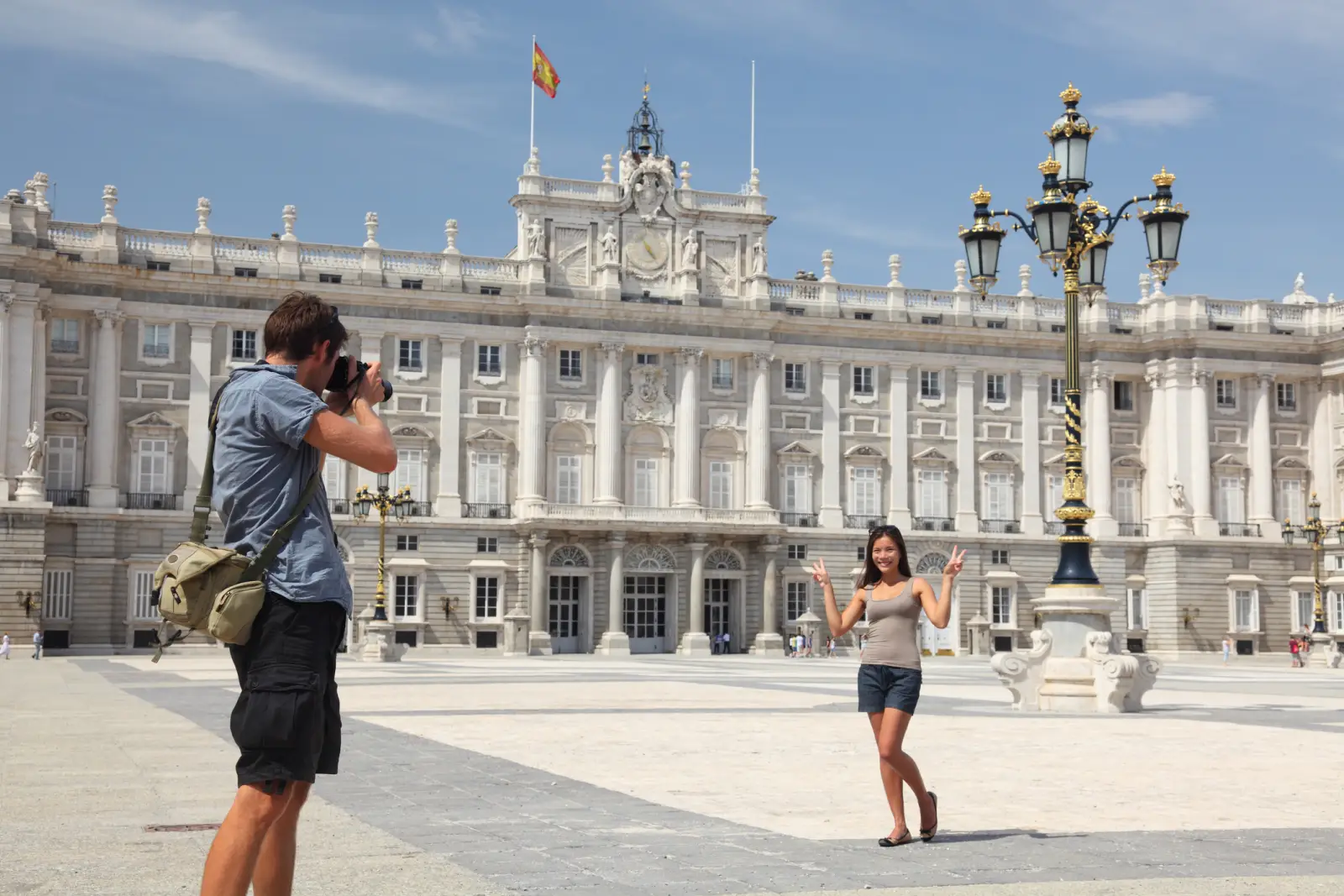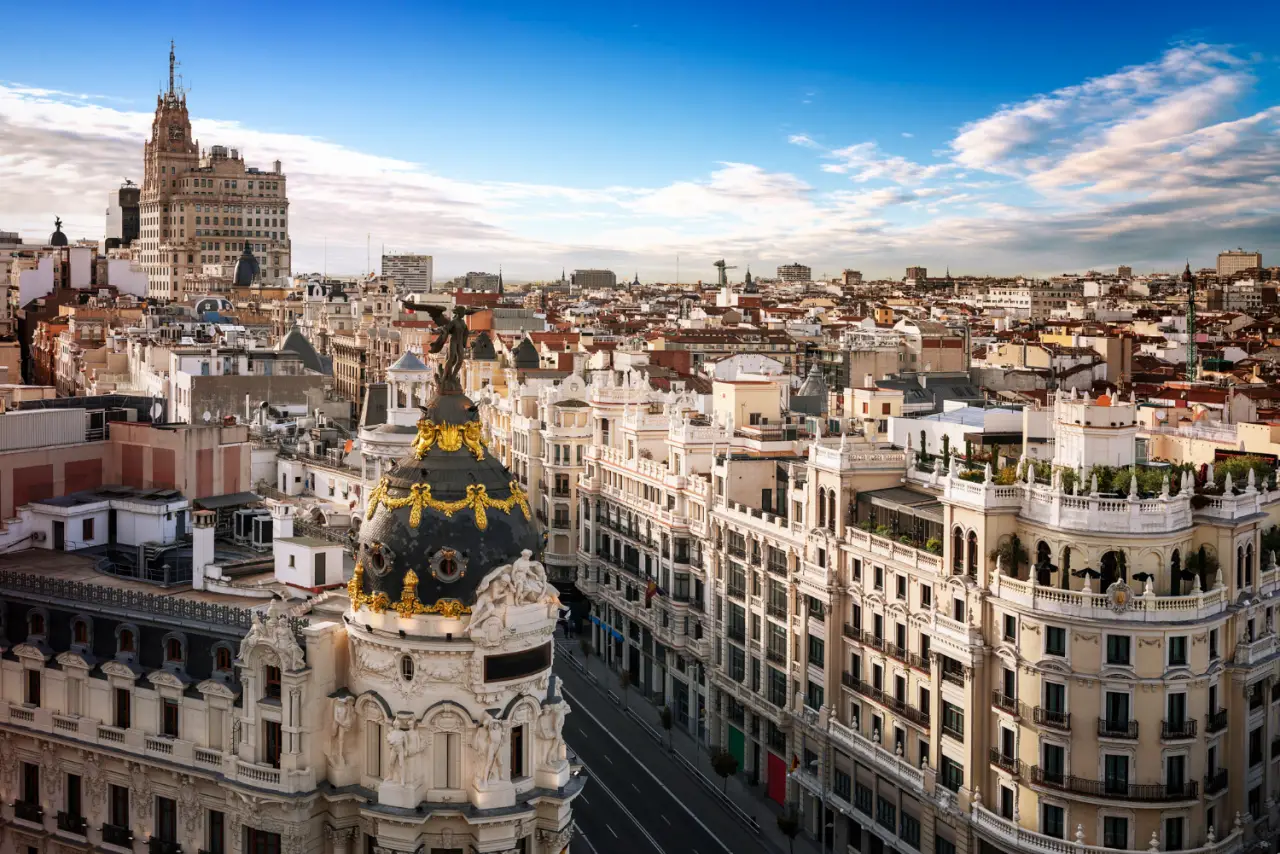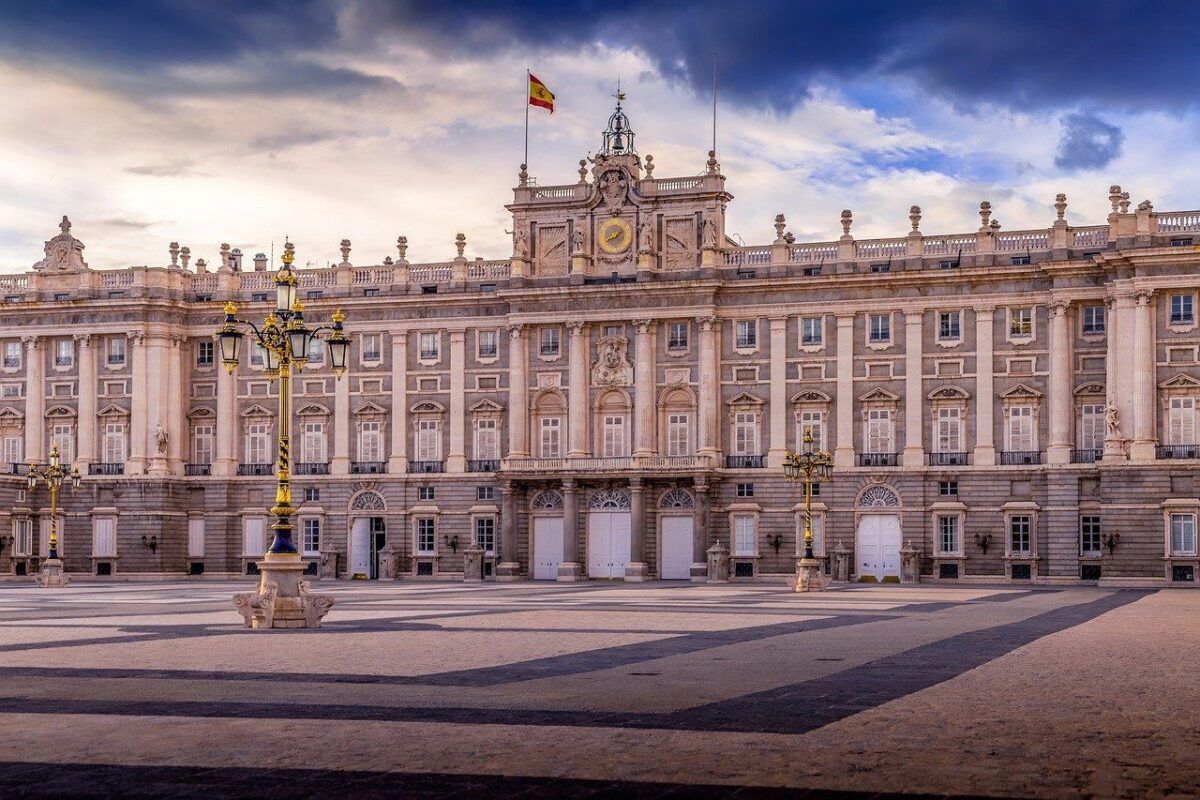After welcoming more than 11 million visitors in 2024 and racking up a record-breaking €16.141 billion in international tourism spending, Madrid has a message for travelers: you’re missing its best streets. While the city’s historic center remains a magnet for tourists, the Madrid City Council is now urging visitors to look beyond the usual landmarks and dive into the rich, often-overlooked corners of the capital’s vibrant neighborhoods.
More Tourists, More to Explore
One of the city’s key tourism objectives—deseasonalization—has been achieved. Thanks to a diverse and year-round cultural calendar, Madrid no longer experiences a traditional “low season.” But decentralization is another story. The vast majority of visitors continue to cluster around the central districts, leaving dozens of culturally rich neighborhoods waiting in the wings.
To change that, the City Council has launched a bold new strategy spotlighting 31 unique areas across the city. These neighborhoods—some known only to locals—are being promoted through a fresh campaign called “You’re Missing Streets”. The goal? To inspire travelers to explore the full map of Madrid, and in doing so, support local economies, ease pressure on crowded attractions, and deepen the tourist experience.
Where to Go Beyond Gran Vía
In the first phase of the campaign, 22 neighborhoods are being actively promoted. These include lively cultural hubs like Lavapiés and Usera, leafy escapes such as El Capricho and Casa de Campo, and off-the-radar gems like Carabanchel and Las Quintas. The second phase will add nine more areas, including Delicias, Villaverde, and the iconic Paseo del Arte.
“Each neighborhood is a destination to be discovered,” said Almudena Maíllo, Madrid’s Councilor for Tourism. “We’re encouraging people to go beyond the center and realize that around every corner, there’s something new.” From street art alleys to family-run tapas bars and riverside parks, these lesser-known districts offer authentic slices of local life.
Better Buses, Better Balance
To help tourists reach these areas, the city is rolling out a revamped Tourism Mobility Strategy. The plan includes new regulations for tourist buses, which currently funnel large groups through just two main routes. Those will be replaced by three new itineraries: “Madrid Histórico,” “Madrid Moderna Bernabéu,” and “Madrid Moderna Ventas.” Each route will use only low-emission or zero-emission vehicles and provide detailed data on ridership and routes to help improve traffic flow and sustainability.
The updated routes aim to reduce congestion in the city’s busiest areas and guide tourists to lesser-known but equally enriching parts of Madrid. The specific routes will be finalized this May, but they promise a broader range of sites and a more balanced distribution of visitors throughout the capital.
On Foot, On Track
According to the city’s research, 40% of tourists in Madrid travel by foot and 29% by metro. To complement these habits, the “Walk Madrid” initiative is being expanded. Currently consisting of six routes connecting more than 20 iconic locations, the initiative will soon include six additional walking trails that pass through up-and-coming neighborhoods.
Meanwhile, transportation upgrades are underway at key entry points like Barajas Airport and Chamartín Station. Improved taxi ranks, streamlined VTC (ride-hailing) services, and new signage are designed to make the first leg of a visitor’s journey as smooth as possible. Illegal tuk-tuk activity will also be monitored more closely, and bus stop infrastructure will be enhanced for both tour groups and private charters.
A Strategy Built on Data—and Local Flavor
The renewed strategy comes after a comprehensive analysis of the 2024 tourism season. International visitors accounted for 56% of the total, with Americans leading the pack, followed by travelers from Italy and France. The average tourist spent €1,827 during their stay, including €305 per day—figures that speak to the city’s growing appeal and economic impact.
But the city doesn’t want to rest on its record-breaking laurels. Mayor José Luis Martínez-Almeida emphasized the need to “grow in quality while maintaining balance,” reinforcing Madrid’s ambition to be not just Spain’s main tourism gateway but a bridge between Latin America, Asia, and beyond.
For travelers seeking a deeper, more rewarding experience in Madrid, now is the time to veer off the beaten path. Whether it’s a morning in the gardens of El Capricho, a sunset stroll in Madrid Río, or dinner in a hidden courtyard in Carabanchel, the capital is ready to show that its best streets aren’t always the most famous ones.









